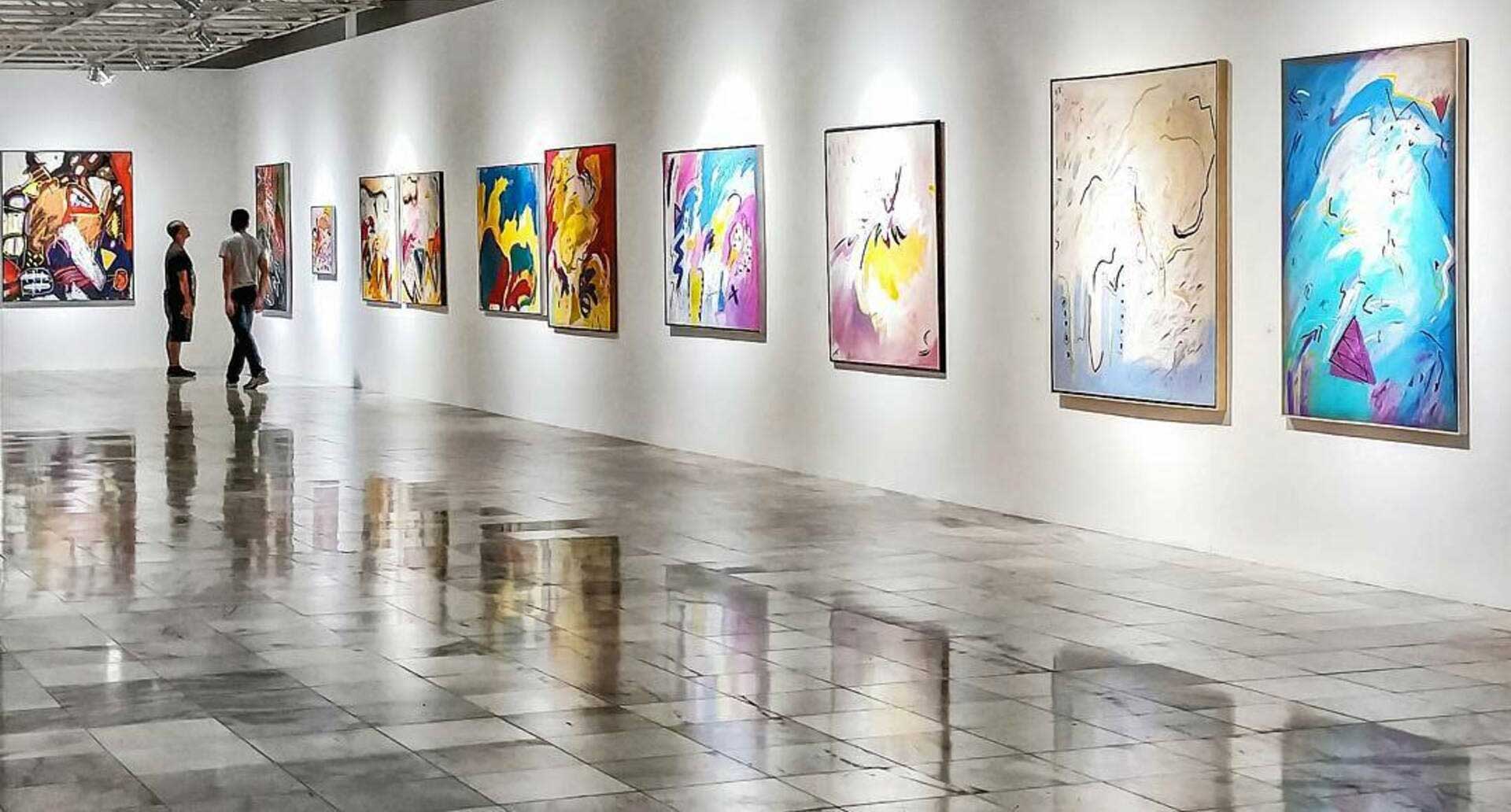Giclée printmaking uses high-resolution, very accurate inkjet printers to create giclée prints. These giclées can be printed on canvas, or archival papers depending upon the desired result. Giclée is pronounced [ZHēˈklā] and is shorthand for “gout de couleur,” which translates as “a small amount of color” in French.
Canvas Fine Art Prints
When giclée prints are printed on canvas and framed to decorate a wall the giclée canvas prints are sometimes called fine art prints. Fine art prints are sold in galleries worldwide. They are also commonly sold online via the artists’ sites.
Giclée Reproductions of Paintings
Artists who have sold their original paintings appreciate the process of using giclée to sell these high-end reproductions. Since giclée prints are easy to produce they are an affordable way for collectors to enjoy owning a copy of an artist’s original painting that has already been sold.
The giclée printing process was developed in France in 1989 by representatives from five different inkjet printer companies. At that time, digital art reproduction was not widely available because it could only be reproduced by very high-end printers, and they were few and far between.
In working together, these five companies established guidelines for using inkjet technology for fine art printing. This effort led to giclée art prints that had higher resolution and wider color gamut than any previous inkjet printing process.
Types of Paper
The giclée print quality is very good when giclées are made from a well-managed digital file or when they have been scanned from original artwork.
Giclées printed from digital files usually have even richer colors and better details than giclée produced from scanned originals because the digitization process introduces some degradation that becomes more obvious in giclée reproduction.
When giclée prints are created on textured paper there can be white pitting around the high points of the giclée print image. This powdery surface is the texture of the giclée paper itself rather than something that is visible in the giclée print image because it occurs between the giclée printer heads and the giclée paper.
Giclées are printed on a wide variety of archival papers, including matte papers, glossy papers, textured watercolor papers, and even rice paper. There are giclée printed on each type of giclée paper suitable for fine art prints or photo prints.
Giclée printed onto stretched canvases with either acrylic or oil paints to create ready-to-hang giclée canvas art online should be hung in semi-protected environments, where humidity and temperature are moderate to avoid giclée canvas warping or depressing.

